Utrecht Team
The Lagrangian Ocean Analysis team within the Institute for Marine and Atmospheric research at Utrecht University's Department of Physics, uses the Parcels framework to create and analyse simulations of the transport of material (plastics, plankton, fish) by ocean currents and its impact on climate and marine ecosystems. Within the group, we adhere to Open Science principles and aim to create a collaborative and inclusive atmosphere.
Current team members
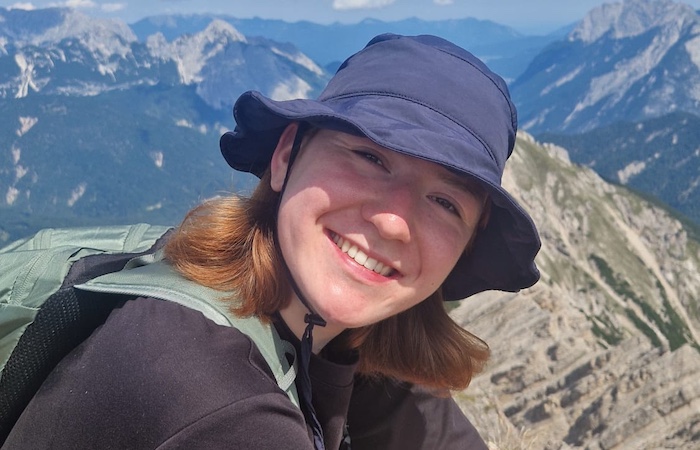
Esmee van Amelsfort
MSc student
Esmee investigates the spread of pollution in the Adriatic Sea.
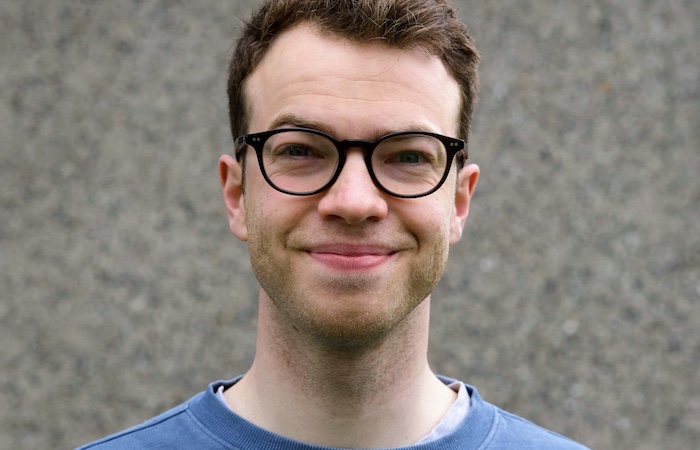
Jamie Atkins
Postdoctoral researcher
Jamie develops biogeochemical sampling in the Virtual Ship Classroom.
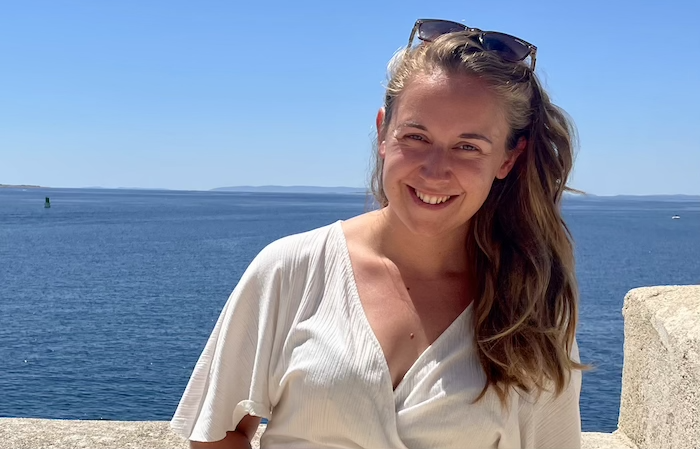
Vesna Bertoncelj
PhD candidate
Vesna investigates how pollutants spread around coral reefs on Curacao.
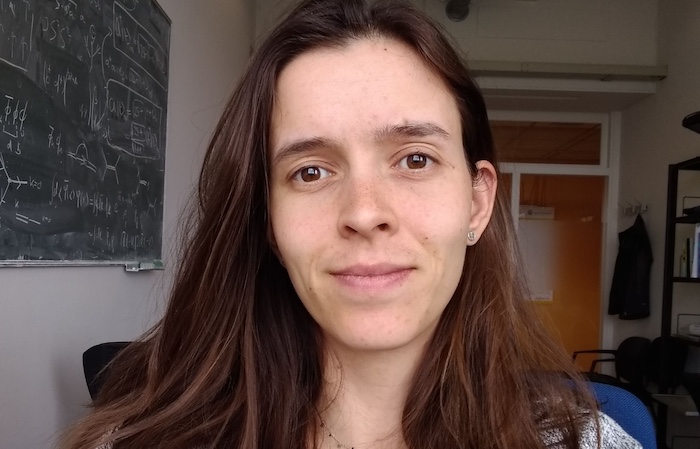
Meike Bos
Postdoctoral researcher
Meike develops parameterisations for the dynamics of macroplastic items in oceanic flows.
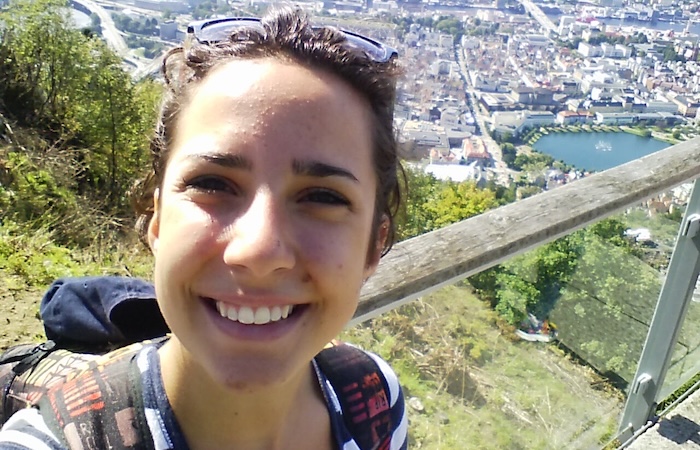
Gaia Buccino
PhD exchange researcher from OGS Trieste
Gaia develops models for the ingestion and egestion of microplastics by zooplankton.
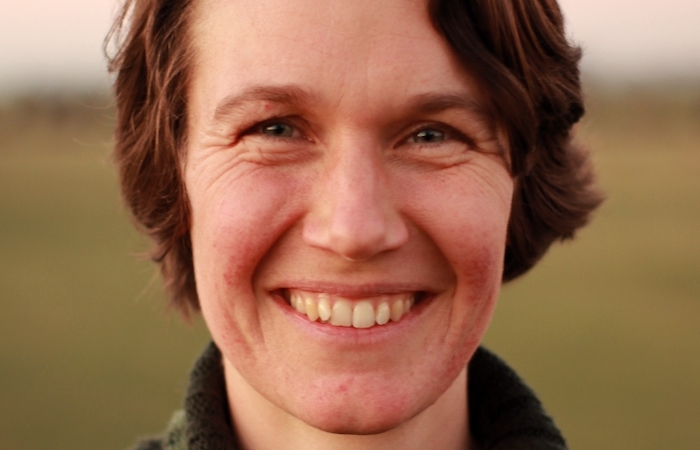
Emma Daniëls
Postdoctoral researcher
Emma leads the development of the Virtual Ship Classroom.
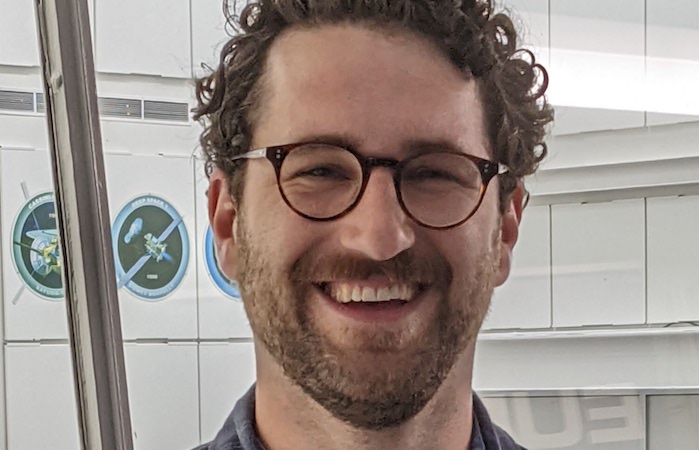
Michael Denes
Postdoctoral researcher
Michael investigates how marine pollution can be computed in the Copernicus Marine Service.
Elena Gianotten
MSc student
Elena creates a model to simulate the dispersion of Sargassum.
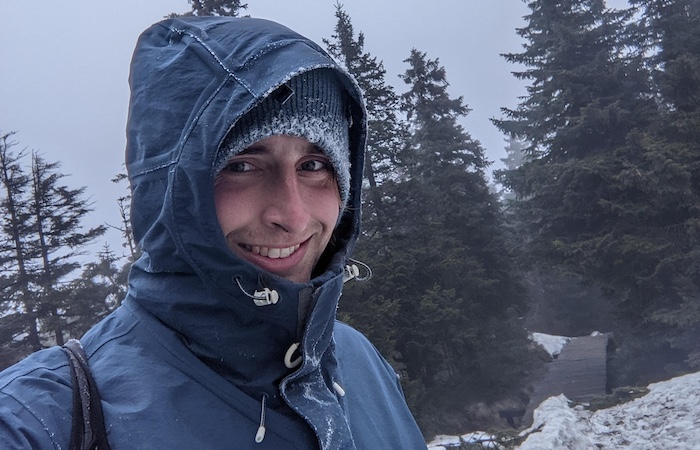
Nick Hodgskin
Research software engineer
Nick supports the development and use of the parcels code.
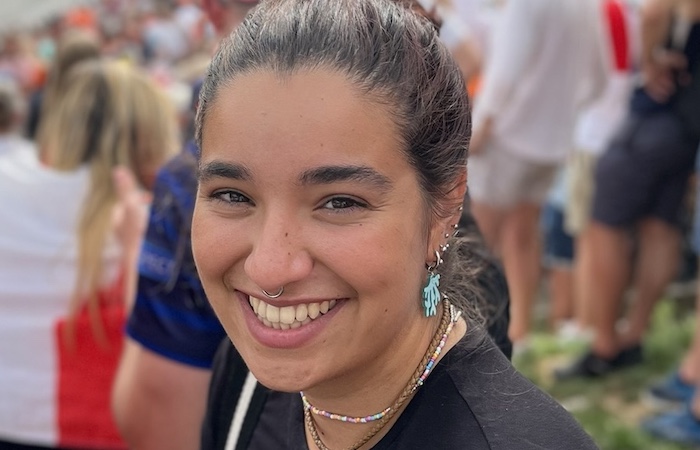
Jimena Medina Rubio
PhD candidate
Jimena investigates how ocean currents transport plastic in the North Sea.
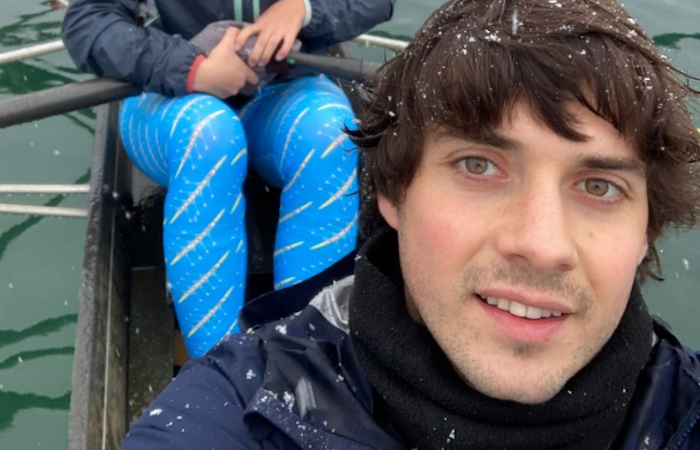
Marc Schneiter
PhD candidate
Marc develops new drifter tracking technology to investigate beaching of large plastic items.
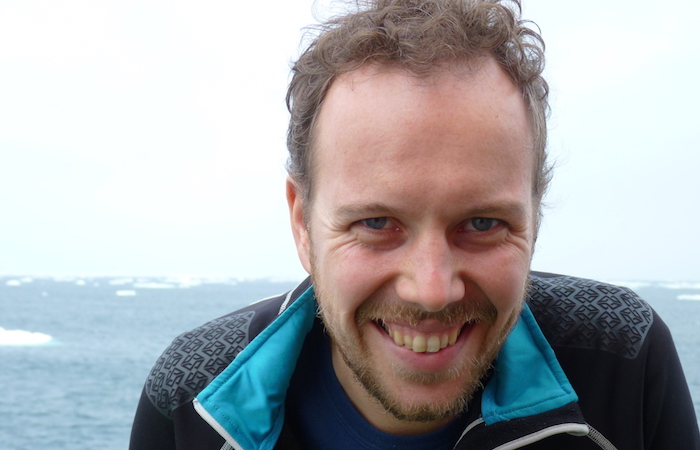
Erik van Sebille
Professor
Erik investigates how ocean currents move 'stuff' around, and leads the OceanParcels project.